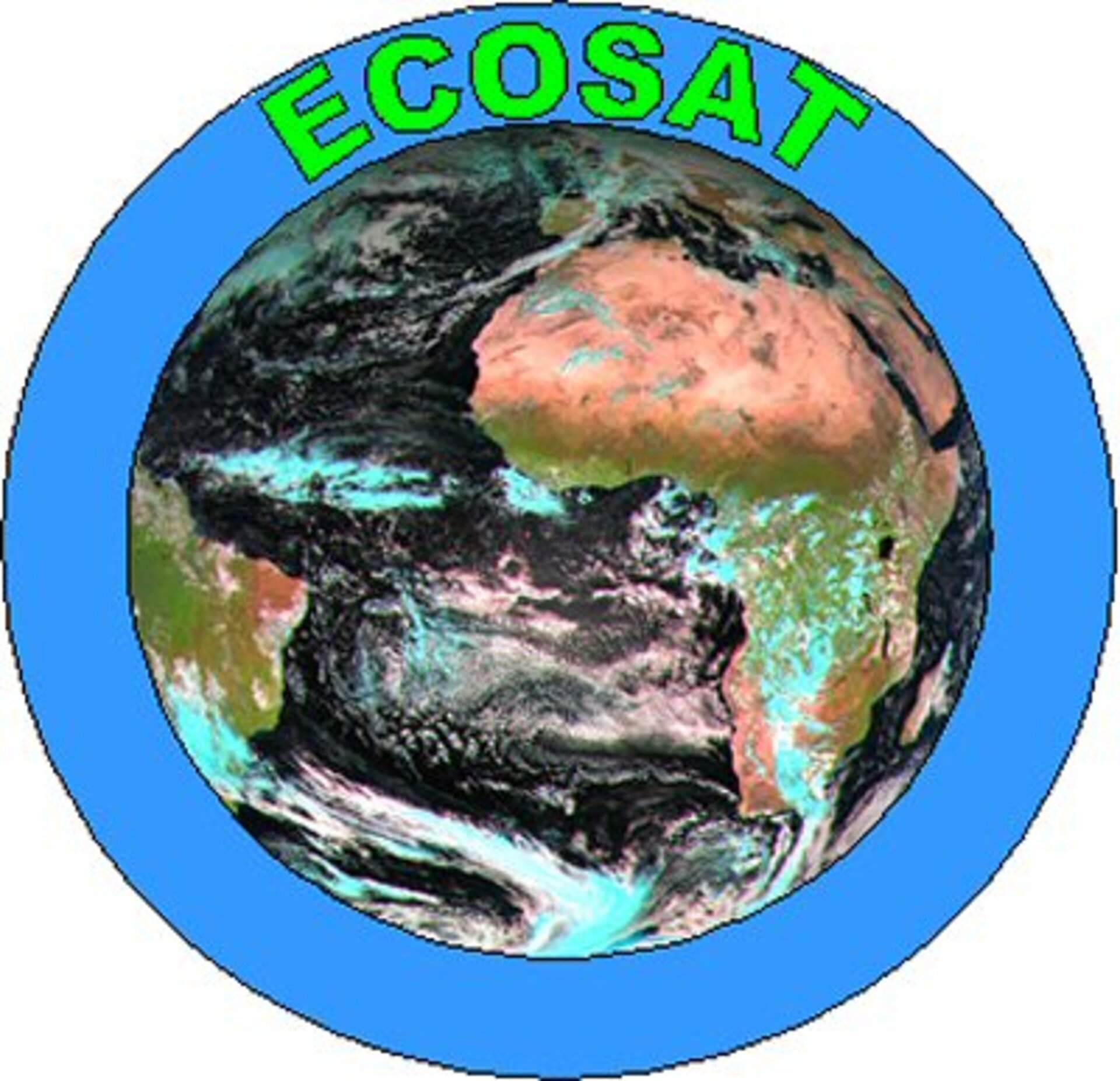Clean Space
ESA’s environmental concerns encompass both the effects on ground and those related to space debris and sustainability of space activities. ESA’s most recent initiative to look at these aspects of space projects is Clean Space.
The CDF, in the frame of the General Studies Programme’s mandate to define new ESA programmes, has been involved in this initiative from the beginning, with the ECOSAT CDF study being held in March 2009. ECOSAT was a pilot experience on Eco-design applied to space systems and assessed both Cradle-to-Cradle and Cradle-to-Grave methodologies. This study was the first attempt to use Life Cycle Assessment (LCA) techniques to analyse end-to-end mission life cycle, including the launch system and to investigate ways in which negative environmental impacts can be reduced or turned into positive ones. One of the outcomes of the study was the adaption of an existing Life Cycle Assessment tool to be more suited to the space sector.
With the support of the General Studies Programme, CDF continues to be involved in the ECOSAT experience, namely with two studies: the LCA of the European launcher family and ESA missions and the definition of a standard tool to be used in future CDF studies.
In June 2009, the CDF carried out the De-Orbit study, looking at various de-orbiting techniques and then carrying out a more detailed analysis of the two most general techniques. This resulted in the conceptual design of a generic package that could be used to de-orbit/re-orbit satellites. This package was then compared with the equivalent mass of additional propellant that would be required (if the spacecraft already had a suitable propulsion system).
The following CDF involvement was the de-orbit study of February 2011, with the objective of assessing potential mission concepts for the controlled de-orbit of satellites. This involved a detailed trade-off not only of capture techniques, but details as to whether it is better to push or pull satellites out of orbit, the best capture point, whether to use chemical or electrical propulsion, or a combination of the two and many other trade-offs. This CDF study helped in defining the Clean Space technology roadmap for Active Debris Removal, which was streamlined based on a system oriented approach and using a specific target.

Following the loss of contact with Envisat in April 2012, the CDF was again involved, and was tasked to carry out an assessment to investigate the feasibility of a potential mission to de-orbit/re-orbit un-controlled satellites. The study addressed in more detail some feasibility issues identified during the first study and performed a high level trade-off among all the options identified so far in terms of risk and cost.
The CDF continues to be involved in the Clean Space initiative, namely through the CDF study e.Deorbit looking at the system design of the most promising options identified in the previous activities, i.e. capture a large satellite using a robotic arm and tentacles or using a net. But the contribution of the CDF to the Clean Space initiative is not limited to the studies. There are a number of models and technologies, for early design phases, being prepared that will, for example; enhance the assessment of the environmental impact of space projects, allow the analysis of end-of-life strategies and evaluate the vulnerability of the design to space debris impacts. The CDF will help defining the specifications for these models and be a “test bench” for the application of these models to S/C design.


